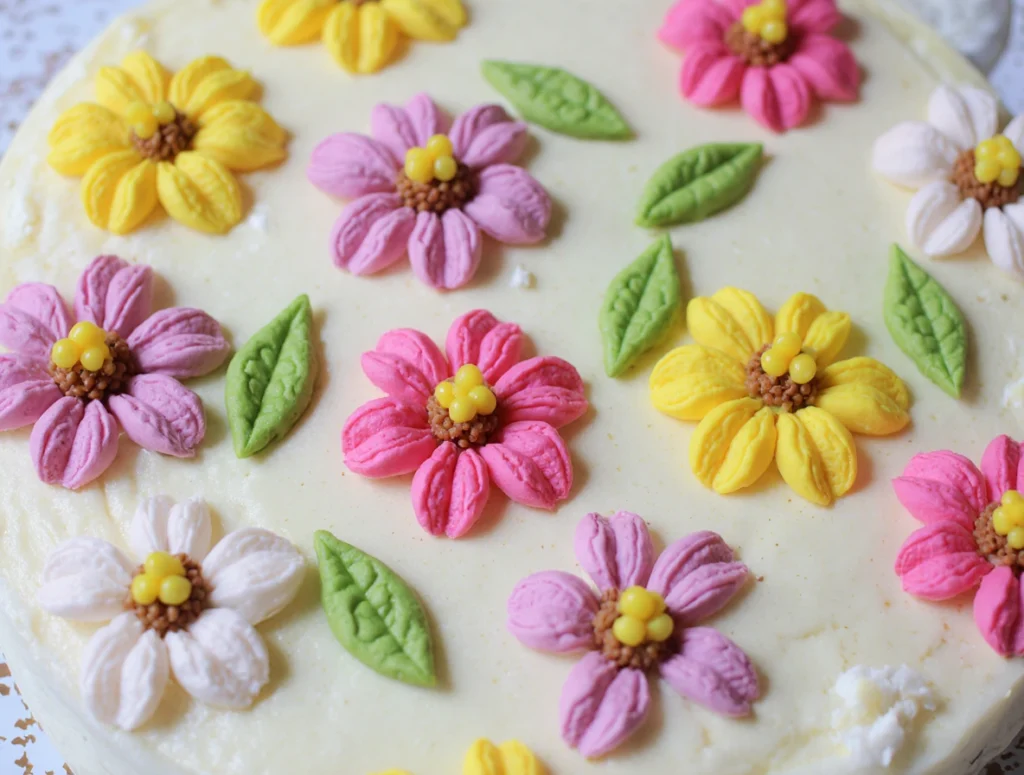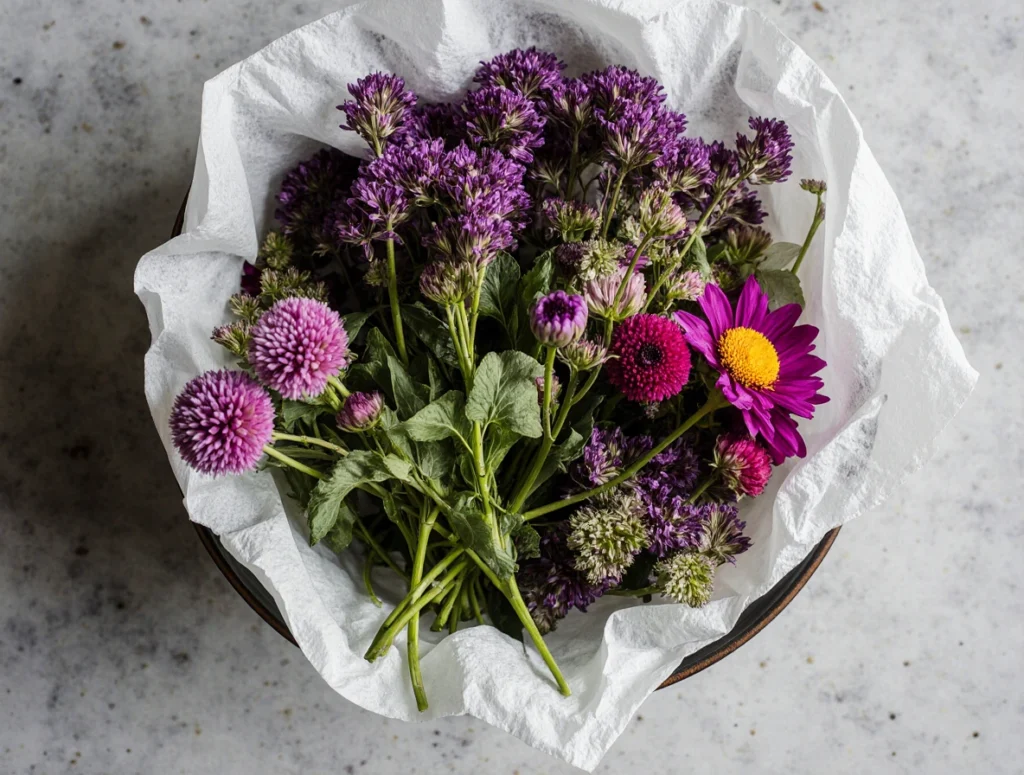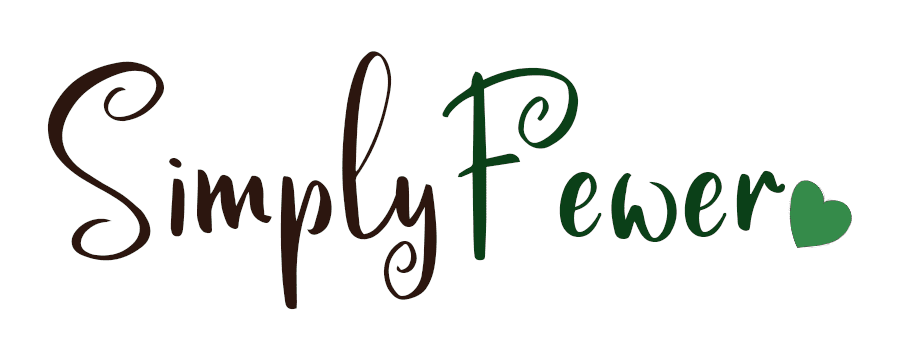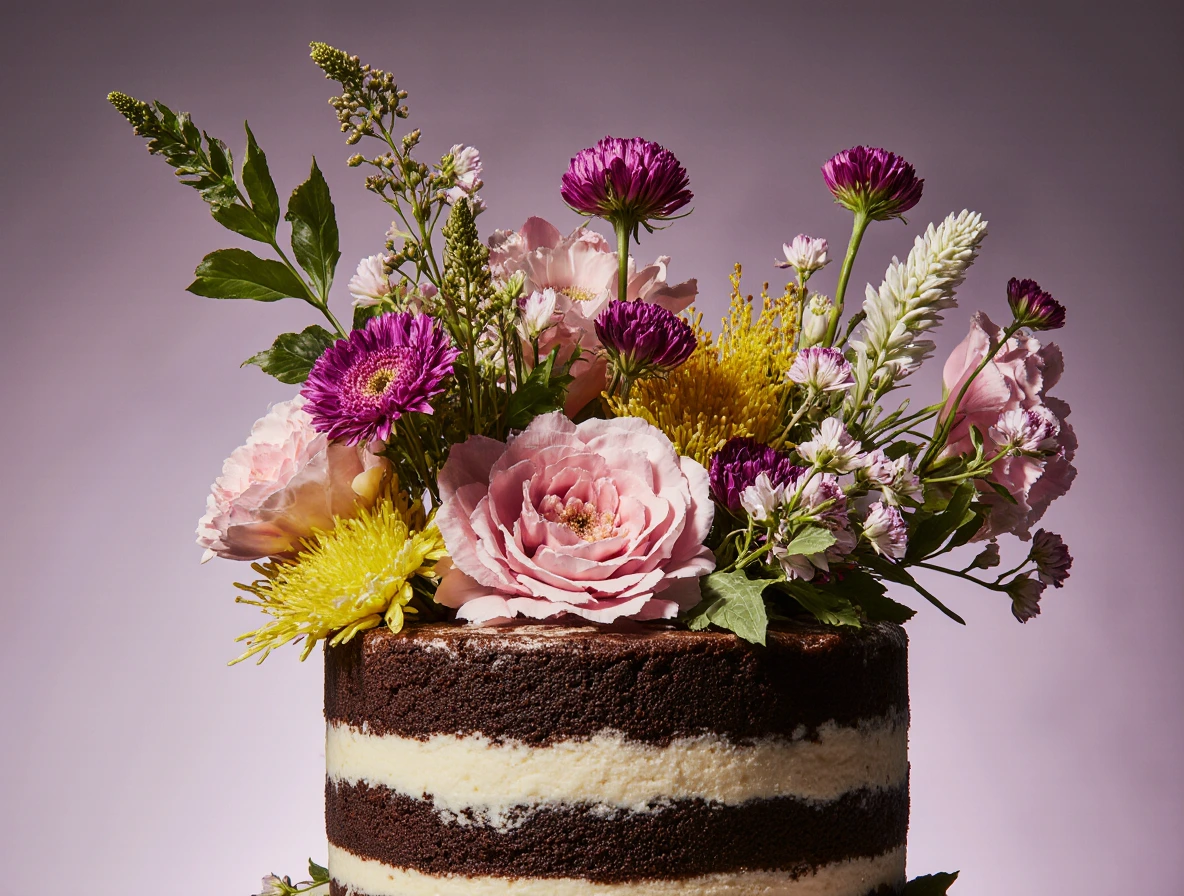Have you ever stared at a plain cake and wished it could look as stunning as it tastes? Enter edible flowers — nature’s delicate, colorful, and fragrant gift that can turn any cake from simple to spectacular. But have you ever wondered which flowers you can safely eat, how to use them on cakes, and what flavor magic they bring to the table?
In this comprehensive guide, we’ll explore everything you need to know about edible flowers for cakes. From the best types to use, safety tips, preparation methods, and creative ideas, you’ll learn how to decorate your cakes like a pro with blooms that delight the eye and the palate.
Table of Contents
Why Use Edible Flowers on Cakes?
Using edible flowers on cakes is like adding a sprinkle of poetry to your baking. They bring a freshness and elegance that’s hard to achieve with icing alone. Think of them as the jewelry of the dessert world — subtle, refined, and instantly elevating the look.
But beyond aesthetics, edible flowers add unique flavors and aromas that can surprise your taste buds. From the gentle sweetness of violets to the peppery hint of nasturtiums, they offer a palette of tastes you can pair with your cake recipes.
Plus, using edible flowers connects us back to nature and seasons. Decorating with fresh blooms is like painting your cake with the colors of spring or summer, making each dessert feel vibrant and alive.
What Are Edible Flowers? Understanding the Basics
Not all flowers are edible, and some can even be toxic, so it’s essential to know which ones are safe to eat. Edible flowers are blooms that are safe for human consumption and often used in cooking or garnishing.
Common edible flowers include roses, pansies, calendulas, violets, lavender, chamomile, nasturtiums, and marigolds. These flowers have been used for centuries in culinary traditions worldwide.
Think of edible flowers as the spices of the floral world — each brings its own unique flavor profile and texture, adding layers of complexity to your cake.
Top Edible Flowers to Use on Cakes
Let’s look at some popular edible flowers that make fantastic cake decorations:
- Roses: Classic and fragrant, rose petals add a romantic touch. Choose organically grown roses to avoid pesticides.
- Pansies: Colorful and mild in flavor, they are perfect for vibrant cake accents.
- Lavender: Offers a sweet, floral flavor with a hint of mint; excellent in buttercream or sugar decorations.
- Violets: Sweet and slightly perfumed, violets can be candied for stunning cake toppers.
- Nasturtiums: Bright and peppery, these add a surprising kick and bold colors.
- Calendulas: Sometimes called “poor man’s saffron,” they bring a tangy zest and sunshine-like yellow-orange hues.
- Chamomile: Delicate daisy-like flowers with a subtle apple taste, great for tea-infused cakes.
Each flower’s flavor and appearance can complement different types of cakes, so don’t be afraid to experiment!
How to Prepare Edible Flowers for Cake Decoration
Using edible flowers safely and beautifully requires a bit of preparation:

- Source flowers carefully: Only use flowers labeled “edible” or grown organically without pesticides.
- Wash gently: Rinse flowers under cold water carefully to remove dirt and bugs, then pat dry with a paper towel.
- Remove unwanted parts: Strip away stems, pistils, or stamens if they’re bitter or tough.
- Use fresh or preserved: Fresh flowers give the best texture and aroma. Alternatively, you can candy flowers by coating them with egg white and sugar, which creates a crystalized effect perfect for special occasions.
Handling flowers with care is like handling delicate glass—gentle touch ensures they remain intact and beautiful.
Creative Ways to Use Edible Flowers on Cakes
Edible flowers offer endless possibilities to enhance your cakes:
- Fresh topping: Simply arrange fresh blooms on buttercream or fondant-covered cakes for a natural, elegant look.
- Candied flowers: Sugar-coated petals add sparkle and a delightful crunch.
- Infused flavors: Use lavender or chamomile in cake batter or frosting to incorporate subtle floral notes.
- Flower petal confetti: Sprinkle petals around the cake base or on top for a whimsical touch.
- Frozen flower cubes: Freeze edible flowers in ice cubes and use them to chill drinks served alongside cakes.
Using edible flowers is like painting with petals—each choice adds personality and charm to your creation.
Safety Tips When Using Edible Flowers
Your health and safety come first when decorating with flowers. Keep these points in mind:
- Avoid toxic flowers: Some beautiful flowers like foxglove, oleander, and daffodils are poisonous and must never be used.
- Use flowers grown for consumption: Flowers from florists or nurseries might be treated with harmful chemicals.
- Know allergies: Be aware of potential allergies to specific flowers.
- Consult reliable sources: Always double-check flower safety from trusted culinary or botanical guides.
Treat edible flowers as you would any food ingredient—carefully and thoughtfully.
Where to Buy Edible Flowers
Edible flowers can be found in several places:
- Farmers’ markets: Many local growers sell fresh, pesticide-free flowers.
- Specialty grocery stores: Some supermarkets offer packaged edible flowers.
- Grow your own: Growing your own edible flowers guarantees freshness and safety.
- Online suppliers: Trusted online sources offer dried or fresh flowers with clear labeling.
Growing your own flowers is like having a little garden of inspiration right outside your kitchen window, ready to beautify your cakes at a moment’s notice.
Expert Opinions on Edible Flowers in Baking
Pastry chefs and floral experts agree edible flowers bring elegance and flavor. Chef Anna Thomas notes, “Edible flowers transform a cake from ordinary to extraordinary. Their subtle aromas and vivid colors add sensory layers that are unmatched.”
Botanist Dr. Lisa Greene advises, “Always know your flowers. Many look beautiful but can be harmful. Stick to trusted varieties, and your desserts will be both safe and stunning.”
These expert insights reinforce the importance of knowledge and creativity when using edible flowers.
How to Store Edible Flowers Before Use
Freshness is key with edible flowers, and proper storage keeps them vibrant:

- Keep flowers cool: Store in the refrigerator wrapped loosely in a damp paper towel inside a breathable container.
- Use quickly: Flowers are best used within 24-48 hours of picking or purchasing.
- Avoid moisture: Excess water can cause wilting or mold.
Treat edible flowers like fresh herbs—they’re delicate and benefit from gentle care until they’re ready to shine on your cake.
Conclusion
Edible flowers are a beautiful way to add color, flavor, and elegance to your cakes. Understanding which flowers are safe, how to prepare and store them, and creative ways to use them ensures your cake decorations are not only stunning but safe and delicious.
Think of edible flowers as nature’s gift to bakers — a burst of color and flavor that can turn any cake into a memorable centerpiece. With a little knowledge and care, you can create edible art that delights all the senses.
Frequently Asked Questions (FAQs)
1. Are all flowers edible for cakes?
No, only specific flowers are safe to eat. Always use flowers labeled edible or grown without pesticides and avoid toxic varieties.
2. Can I use store-bought flowers on cakes?
Only if they are specifically sold as edible and pesticide-free. Regular florist flowers are not safe for consumption.
3. How do I preserve edible flowers for cake decoration?
You can use fresh flowers, candy them with sugar, or freeze them. Fresh is best for flavor and texture.
4. Do edible flowers add flavor to cakes?
Yes, many edible flowers add subtle or distinct flavors ranging from sweet to peppery, enhancing your cake’s taste.
5. Where can I buy edible flowers?
Look at farmers’ markets, specialty grocery stores, trusted online sellers, or grow your own at home.

